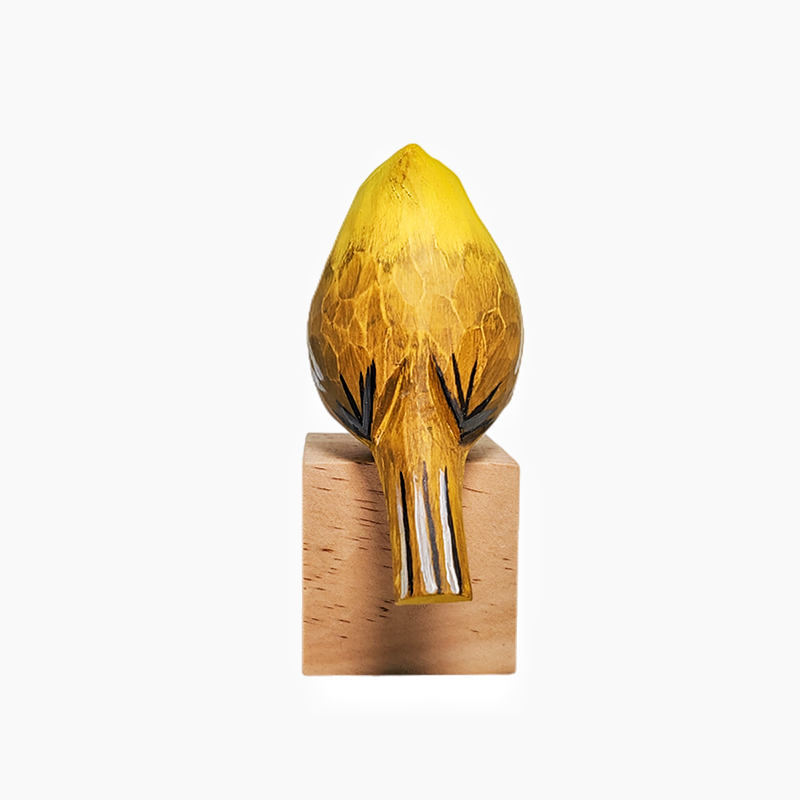
All About Northern Cardinal Eggs: From Nest to Hatchling
Share
All About Northern Cardinal Eggs: From Nest to Hatchling
 The Northern Cardinal, with its bright red plumage and sweet whistles, is a familiar and beloved backyard bird across North America. But behind their beauty lies a fascinating nesting process—starting with their delicate, speckled eggs.
The Northern Cardinal, with its bright red plumage and sweet whistles, is a familiar and beloved backyard bird across North America. But behind their beauty lies a fascinating nesting process—starting with their delicate, speckled eggs.
In this blog, we’ll explore everything you need to know about the eggs of the Northern Cardinal, from how they look to how they hatch.
1. What Do Cardinal Eggs Look Like? 🥚
Cardinal eggs are small and delicate:
-
Size: About 2–2.5 cm long
-
Color: Pale grayish-white to light green or buff
-
Markings: Covered in brown, gray, or purplish speckles, especially at the larger end
-
Shape: Oval, slightly pointed at one end
Each clutch typically contains 2 to 5 eggs.
2. Where Do Cardinals Lay Their Eggs? 🪺
 Northern Cardinals build open-cup nests in dense shrubs or low trees.
Northern Cardinals build open-cup nests in dense shrubs or low trees.
-
Preferred height: 1–3 meters (3–10 feet) above the ground
-
Materials: Twigs, grass, pine needles, bark strips, and leaves
-
Location: They seek hidden, quiet places with good leaf cover—ideal for camouflaging their speckled eggs.
The female cardinal builds the nest, often reusing similar spots for multiple broods.
3. Who Incubates the Eggs? 🐦⬛
Only the female incubates the eggs while the male stays nearby.
-
Incubation period: 11 to 13 days
-
The female sits on the nest nearly full-time, leaving only briefly to feed
-
The male cardinal supports by bringing her food
During this period, both birds become extremely protective and alert to threats.
4. What Happens After Hatching? 🐣
After the eggs hatch:
-
Chicks are born blind and featherless
-
Both parents take turns feeding the chicks insects and soft berries
-
Baby cardinals grow quickly and are ready to fledge in 9–11 days
A pair may raise 2–3 broods per season, especially in warm climates.
5. Fun Egg Facts! 💡
-
 Cardinals don’t reuse nests, but may build a new one close by
Cardinals don’t reuse nests, but may build a new one close by -
Eggs are rarely blue—if they are, it may indicate pigment irregularity
-
Predators of eggs include snakes, blue jays, squirrels, and cats
-
Nest success rate is around 40–50% in the wild
Conclusion
Northern Cardinal eggs may be tiny, but they are the start of a dramatic and tender family journey. From building safe, hidden nests to fiercely protecting their speckled treasures, cardinals are devoted parents that bring color and life to backyards across the continent.































